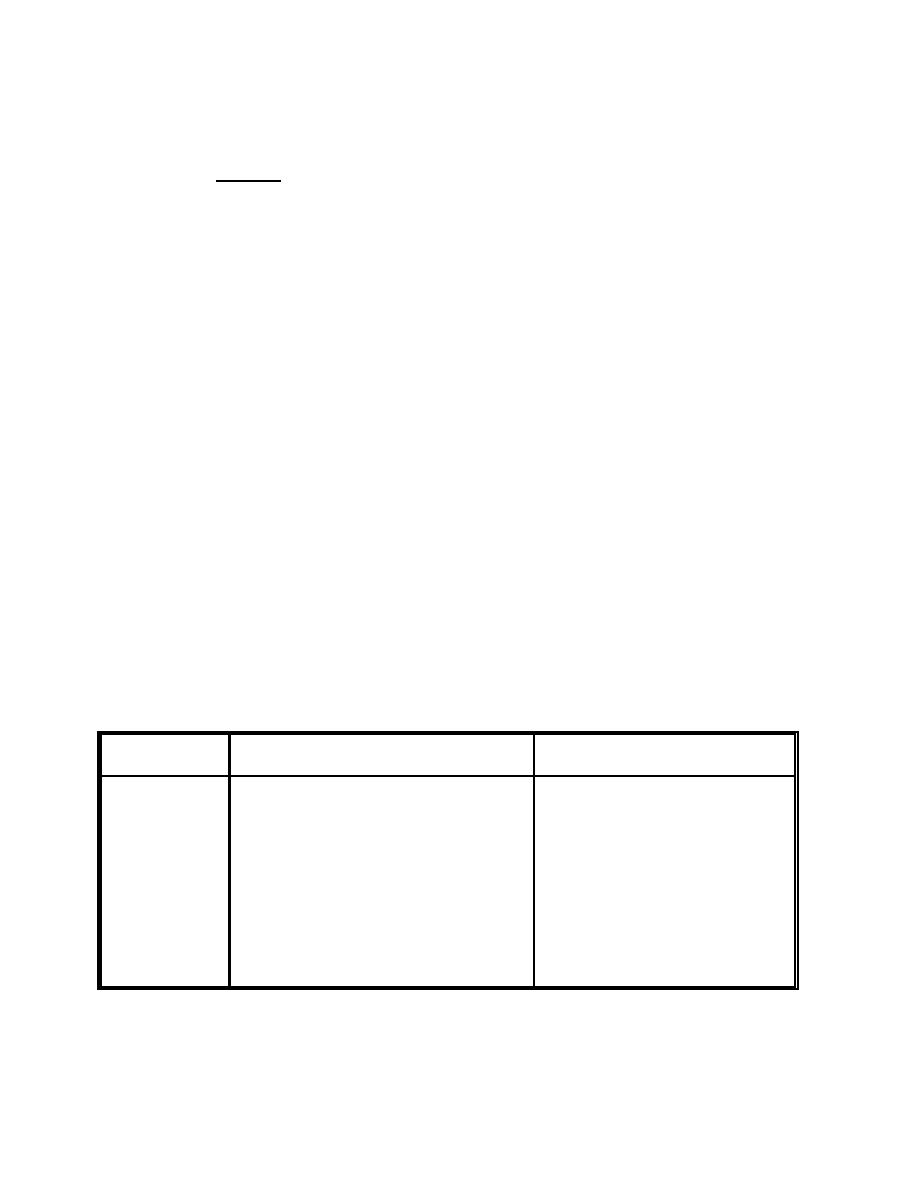
MIL-HDBK-1005/16
6.4.7
Slopes. Site selection is very important. The crested
site is the most desirable because the mound can be situated such
that the effluent can move laterally down both slopes. The level
site allows lateral flow in all directions but may present
problems because the water table may rise higher beneath the
mound in slowly permeable soils. The most common site is the
sloping site, where all the liquid moves in one direction, away
from the mound. However, proper design can overcome this
limitation, especially in the less permeable soils. Place the
mound upslope and not at the base of the slope. On a site where
there is a complex slope, situate the mound such that the liquid
is not concentrated in one area of the downslope. Upslope runoff
should be diverted around the mound.
Mounds require more stringent slope specifications than
conventional systems because of their reliance on lateral movement
of effluent through the upper soil horizons. Lateral movement
becomes more important as soil permeability becomes less. Thus,
on more slowly permeable soils, the maximum allowable slopes are
less. For the more permeable soils (3 to 29 min/in. [1.1 to
11 min/cm]), slopes up to 12 percent should function without
surface seepage because lateral movement is not so great. For
tighter soils (30 to 120 min/in. [12 to 48 min/cm]), slopes should
not exceed 6 percent. For sloping sites, the downslope distance
(I) must be lengthened and the upslope distance (J) shortened.
Table 10 may be used for this calculation.
Table 10
Correction Factors for Mounds on Sloping Sites
Slope
Downslope (I) Correction
Downslope (J) Correction
(percent)
Factor
Factor
0
1.0
1.0
2
1.06
0.94
4
1.14
0.89
6
1.22
0.86
8
1.32
0.80
10
1.44
0.77
12
1.57
0.73
102


 Previous Page
Previous Page
